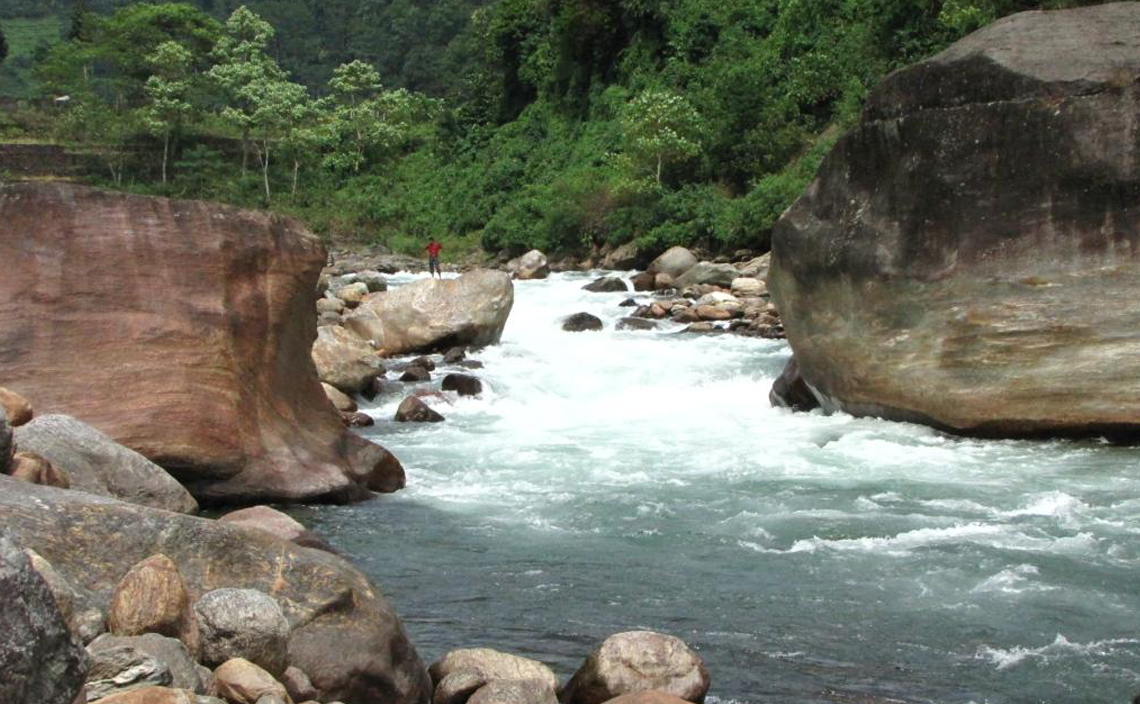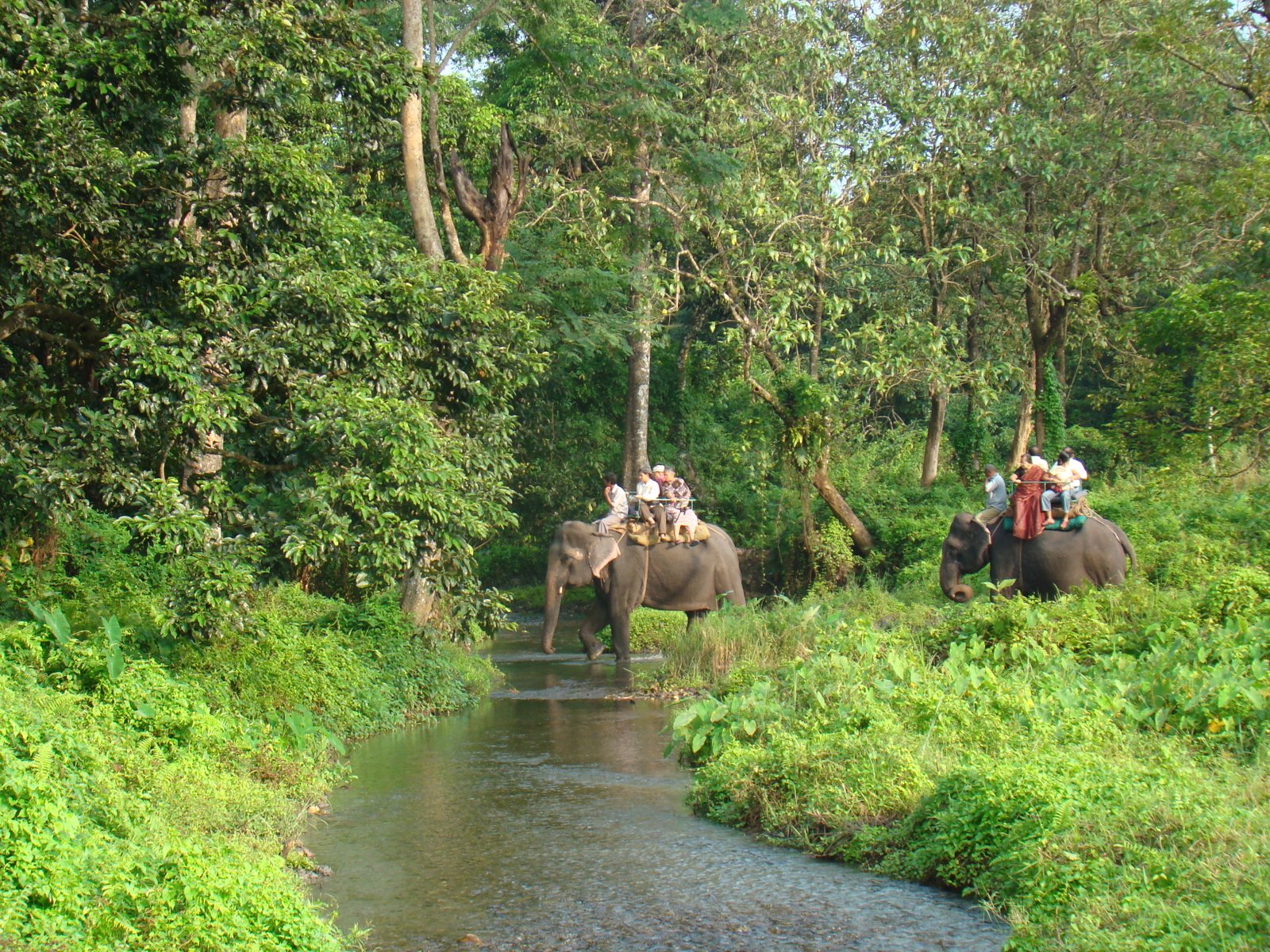Dooars – A Wide, Wild World
How can you describe the most beautiful place in the world? You can’t. Here is to trying!
Imagine an Enid Blyton-esque landscape. A vigorous mountain river runs through a lush, green valley. On all sides of the valley are snow- capped mountains. As you drive, the trees form a canopy of sorts above the road so as far as your eye can see – everything is green. On both sides, tea plantations or thick forests take over alternatively. The air is purer than anywhere on earth and the water from the rivers and rivulets is ok to drink right from the source. Sometimes you may catch the whiff of fresh smelling tea – a fragrance that is carried by the air from a tea factory close by. Every place feels like a picnic spot. Often you might be the only person on the road. Few cars make it this far into the isolation but if you have then you are the lucky few to experience the beauty of the Dooars.

The Dooars/Duars literally stand for doors. Historically for 18 doors through which people from Bhutan were able to communicate with people living in the floodplains/foothills of the Himalayas. The British annexed this little piece of Bhutan sometime in 1865. They build the economy based on tea, timber and tourism. Growing up as a chai baby it was hard to imagine any other place as home. A typical day started with a fresh breakfast often accompanied by the most delicious orange juice from oranges that were brought in from Bhutan, lots of jam – that was usually made at home from the strawberries in the backyard and fresh eggs and butter – all from the backyard. Everything was made from scratch and we all knew where all the produce was coming from. The fertile soil and the ideal weather conditions meant access to greenery and vegetation all year round. Of course every memory is tinged with the smell of tea – the ubiquitous plant of the area. Colonial tea garden bungalows today have doubled up as guest houses in many plantations to give visitors a sneak peek into the lives of people living in the Dooars. Phaskowa tea estate offers a really good experience replete with a haunting drive at night around the estate and a wildlife safari.

It does not take much to spot wildlife around the Dooars – elephants, deer and leopards are often spotted crossing the railroad tracks or in the wildlife corridors. It is a photographer’s and a wildlife enthusiast’s paradise. Gorumara National Park, Jaldapara National Park and Buxa National Park are famous for rhino, tiger and elephant spotting. However, chances of running into our four legged friends are pretty high even while simply driving through the area at dusk or dawn.

Image Credit – http://wbnorthbengaldev.gov.in/htmlpage/Dooars.aspx
The Dooars can be reached via Bagdogra by flight and then by taking a car from Siliguri. You can also take the train up to New Jalpaiguri station and a car from there. White water rafting in the Teesta is a popular sport for the not so faint of heart. If what you prefer is a more laid back vacation then head to one of the tea plantations for some pampering colonial style. You can also make the most of the roads and greenery and head to a jungle resort for that one on one with nature. Darjeeling, Sikkim and Bhutan are fairly easy to reach by road if you fancy sneaking in another trip into your vacation. Either way the Dooars has something to offer everyone.


